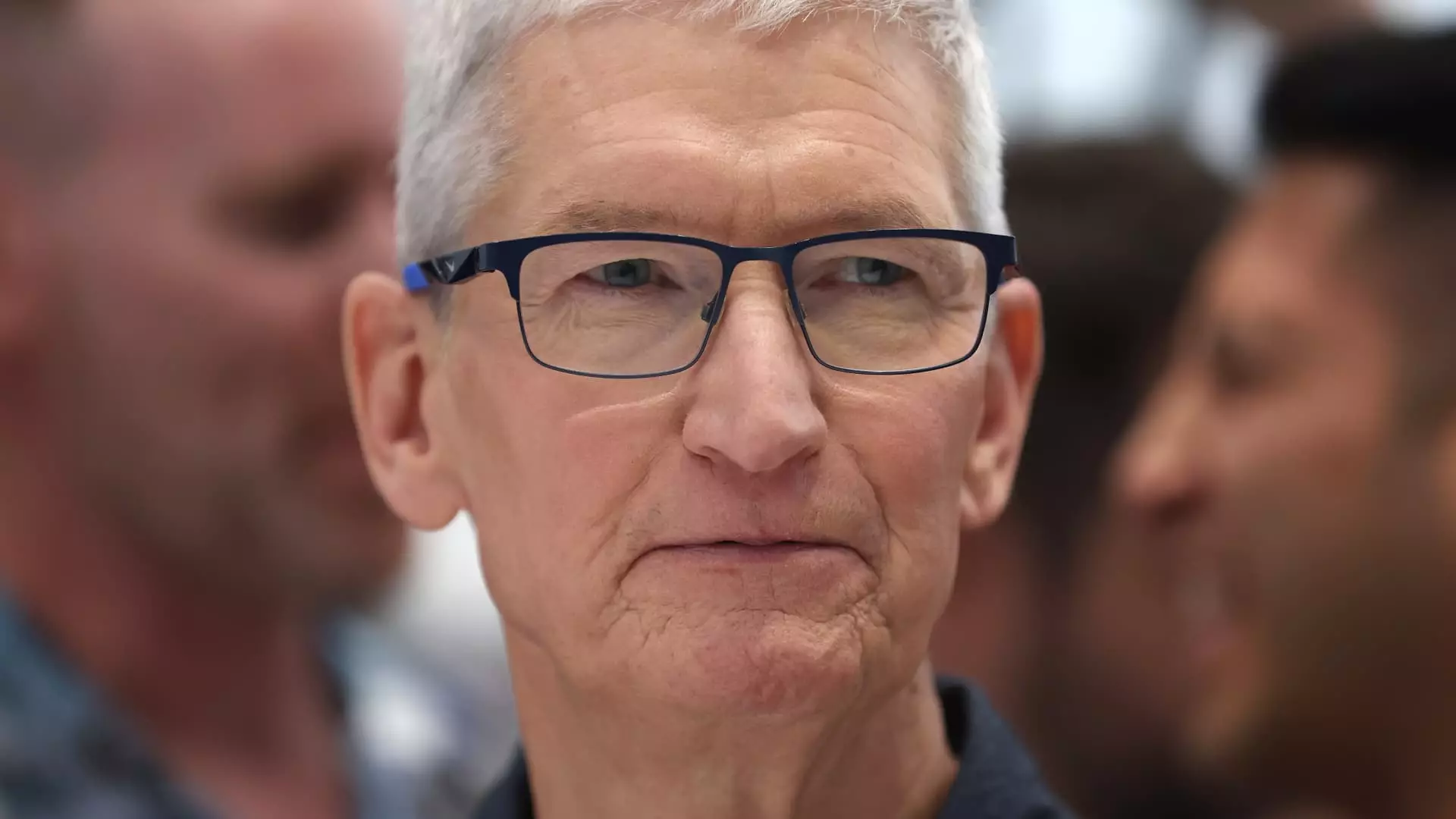Last summer, Apple boldly unveiled its Apple Intelligence—a significant leap forward in the world of voice assistants. The demonstration featured Siri seamlessly juggling multiple applications to assist a user in planning a lunch immediately after a flight. It painted a vivid picture of what the future could hold: a highly adaptive, contextually aware virtual assistant designed to elevate everyday tasks into intuitive experiences. However, these revolutionary capabilities have become mired in delays, indicative of deeper underlying challenges within Apple’s product development cycle.
The company’s announcement on Friday confirmed that essential functionalities aimed at supercharging Siri would not materialize until next year, despite initial projections for a spring release. The promise of a personalized Siri that utilizes “personal context” to automate tasks—filling out forms with information gleaned from the user’s driver’s license photo—now appears more like a mirage than an impending reality. The question looms: is this a momentary setback, or a symptom of a more systemic problem within Apple?
The Fierce Competition and Increased Pressure
This delay cannot be viewed in isolation; it comes at a time when the tech industry is undergoing a rapid evolution towards generative AI, spurred by the meteoric rise of OpenAI’s ChatGPT. Launched in late 2022, ChatGPT heralded a new era of artificial intelligence, one that has significantly raised the stakes for all player in this field. Apple, observed as a pace-setter in innovation for years, now finds itself in a precarious position, playing catch-up with companies like Amazon and Google, which are also enhancing their voice assistant technologies.
The competition has intensified as Amazon prepares to roll out an upgraded Alexa with more advanced features, while Google hones in on its own assistant, Gemini. Industry chatter buzzes with concerns that Apple is losing its edge in this fierce battle for consumer loyalty—an unsettling prospect, given the company’s historical reputation as a leader in technological innovation.
The Challenges of Modern Voice Assistance
Regardless of individual brands, all consumer voice assistants face their own sets of challenges, particularly concerning the accuracy of responses and the smooth automation of tasks. Apple’s Siri, despite its recent upgrades to enhance conversational capabilities, has not managed to escape the pitfalls associated with these technologies. For instance, several Apple devices already incorporate newer features that improve functionality, yet these advancements have been compromised by glitches. The incidents where Apple Intelligence misrepresented headlines from news sources such as The New York Times only echo concerns about reliability.
Moreover, Apple seemingly relies heavily on its developer community to build the necessary infrastructure—what they term “app intents”—that would allow Siri to navigate seamlessly through various applications. While this collaborative approach could potentially strengthen the assistant, it also raises the question of whether Apple has been strategic enough in its planning and execution of Siri’s next incarnation. Will waiting for developers to create this code prove a wise strategy, or will it further delay Apple’s ability to regain its competitive edge?
The Implications for Apple’s Reputation
The current situation speaks volumes about Apple’s struggles to balance innovation with operational readiness. Can a company that once pulled the world into a new digital age through groundbreaking products regain its stature while continually pushing back timelines? Customers expect Apple to deliver not just the promise of technological marvels but also consistent execution and reliability.
While delays can spark creative refinements, they can also lead to trust erosion among consumers who have anchored their digital experiences in the Apple ecosystem. Apple faces a critical juncture, and how it addresses these delays will be telling. It must either rise to the occasion—transforming current challenges into stepping stones to create an enhanced user experience—or risk further alienation in a landscape that may no longer prioritize brand loyalty over sheer functionality. The choice, and the potential consequences of that choice, are daunting.

